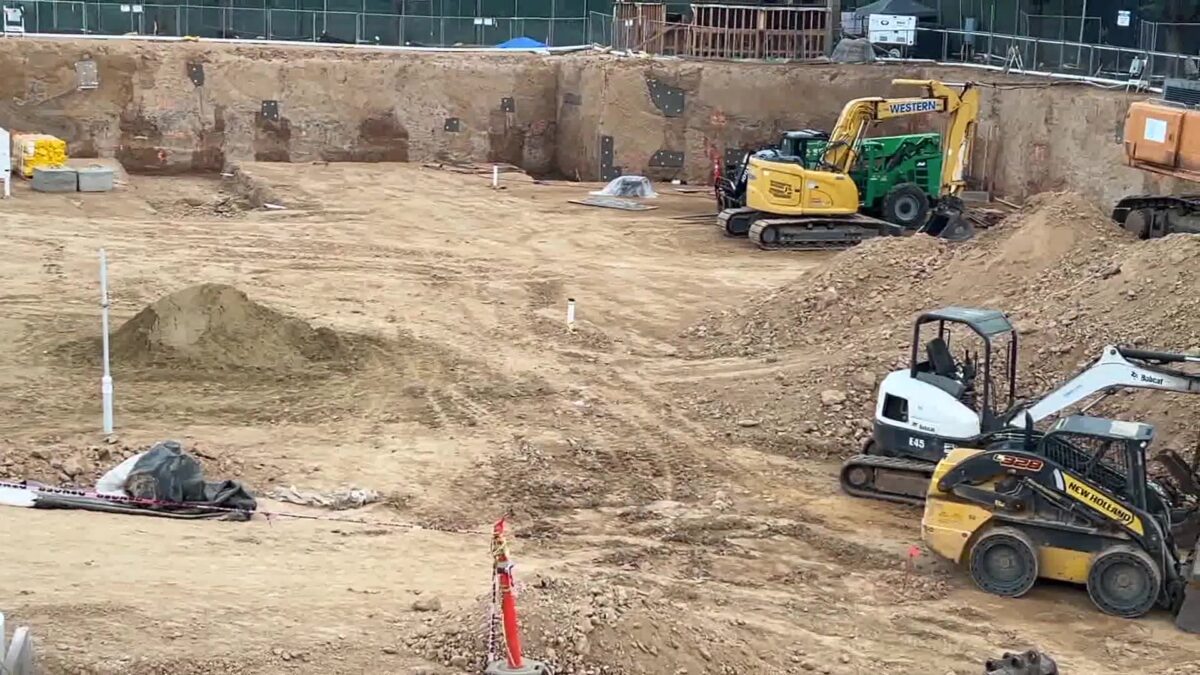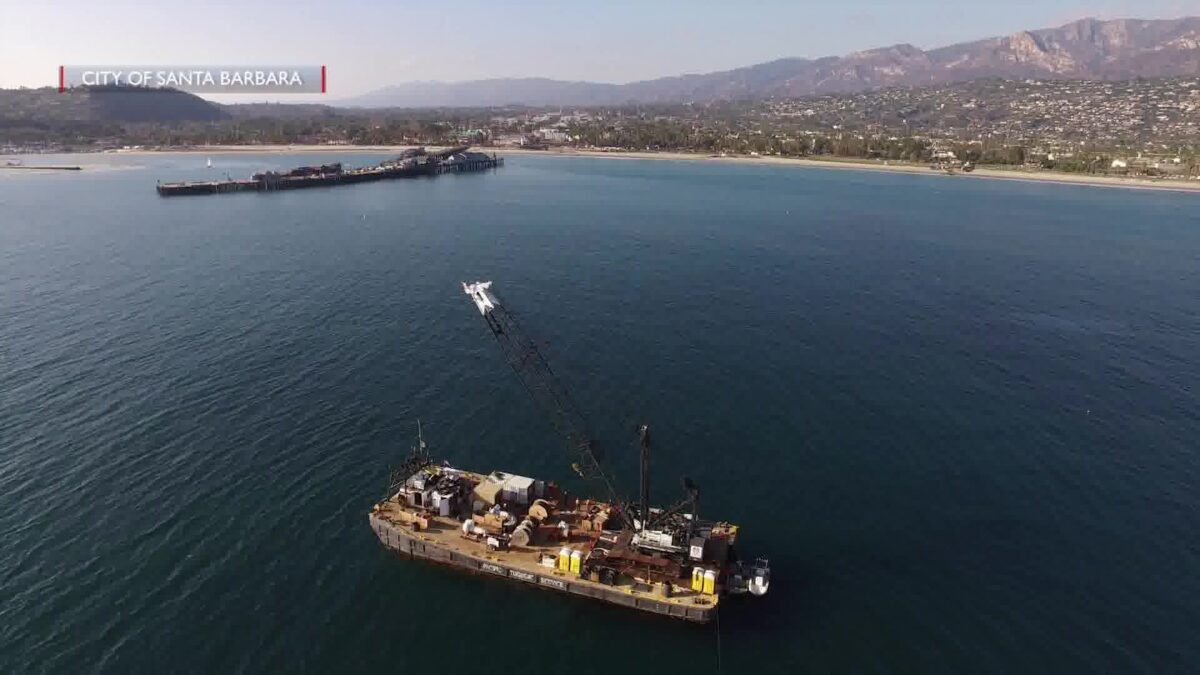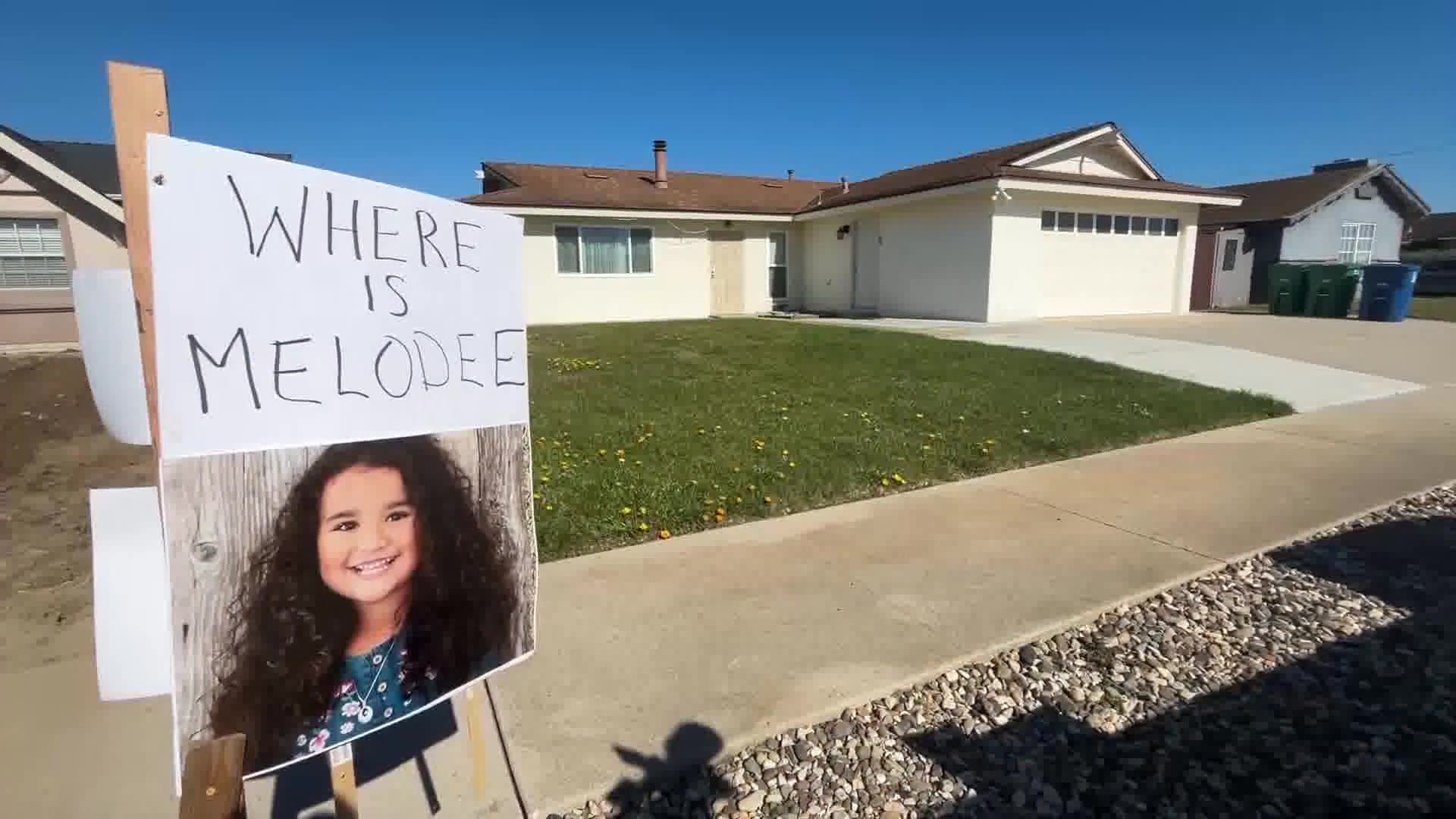Dave Alley
PISMO BEACH, Calif. (KEYT) – A much-discussed new parking fee at the popular Pismo Preserve hiking trail is now in effort.
Visitors to the 888-acre coastal trail located along Highway 101 are now required to pay a daily fee for parking.
Parking on site will now cost daily visitors a fee of $5, while an annual pass is also available for $50.
Last Friday, the The Land Conservancy of San Luis Obispo County, which owns the property, started the new parking fee program.
According to the non-profit organization, the new policy has gone smoothly over the first few days and reaction from visitors so far has mostly been positive.
For many of the visitors on Tuesday, they said they understand the need for the fee and agree there is a need for the new policy.
“I think parking fee is great,” said Bob Armstrong of Nipomo. “I think it’s, long overdue. I think people need to support the Land Conservancy. “I think paying for these kinds of things to make lives people’s lives better. I think you’d be hard pressed to find a place where you can walk and hike or mountain bike ride, where you can see the ocean on your left, and you can see the mountains behind you on your right, and you’re on top of the hill. It’s a fantastic place.”
The Land Conservancy also acknowledged the new fee has been a hot topic since it was first announced two weeks ago, but said the money raised will allow the organization to help cover operational costs.
The organization pointed out does not receive any tax revenue for either local, state or federal agencies to support the Pismo Preserve, which costs $200,000 to operate annually.
Yearly donations to the Pismo Preserve add up to $50,000, so the Land Conservancy is hoping the new parking fee will cover the remaining $150,000 needed over the overall costs.
So far, the Land Conservancy reports it has sold 300 annual passes for total of $15,000.
“I come here two to three times a week,” said Howard Ingle of Grover Beach. “So $50 for a year doesn’t seem like anything. The $50 pass seems like a bargain.”
Visitors are able to purchase parking passes through a mobile app or with cash or credit card at a pay station located by the restrooms and kiosk.
“It was a really easy to,” said Kirsten Hatfield, visiting from Yucca Valley. “You scan the QR and you’re good to go. Super easy. It took us less than five minutes to get it all done.”
The Pismo Preserve opened to the public in 2020 and provides hikers, mountain bikers and equestrian riders 11 miles of trails that travel through oak woodland and coastal ridgeways, which offer some of the most picturesque views in the entire state.
“I really like the views of the ocean,” said Ingle. “I like to get to the very top up there because that’s a good vertical challenge for me. On certain times of year, you’ll see whales from up there. You can check out the surf at the Pismo Pier. There’s just some really cool things to look over at Shell Beach, all the way down to Avila and see all those views.”
Depending on weather conditions, visitors are able to look out to the Pacific Ocean and view panoramic scenery from the Irish Hills to the north to the Point Sal to the south.
For more information, click here to visit the Pismo Preserve webpage on the official website for The Land Conservancy of San Luis Obispo County.
The Latest Breaking News, Weather Alerts, Sports and More Anytime On Our Mobile Apps. Keep Up With the Latest Articles by Signing Up for the News Channel 3-12 Newsletter.
Click here to follow the original article.










